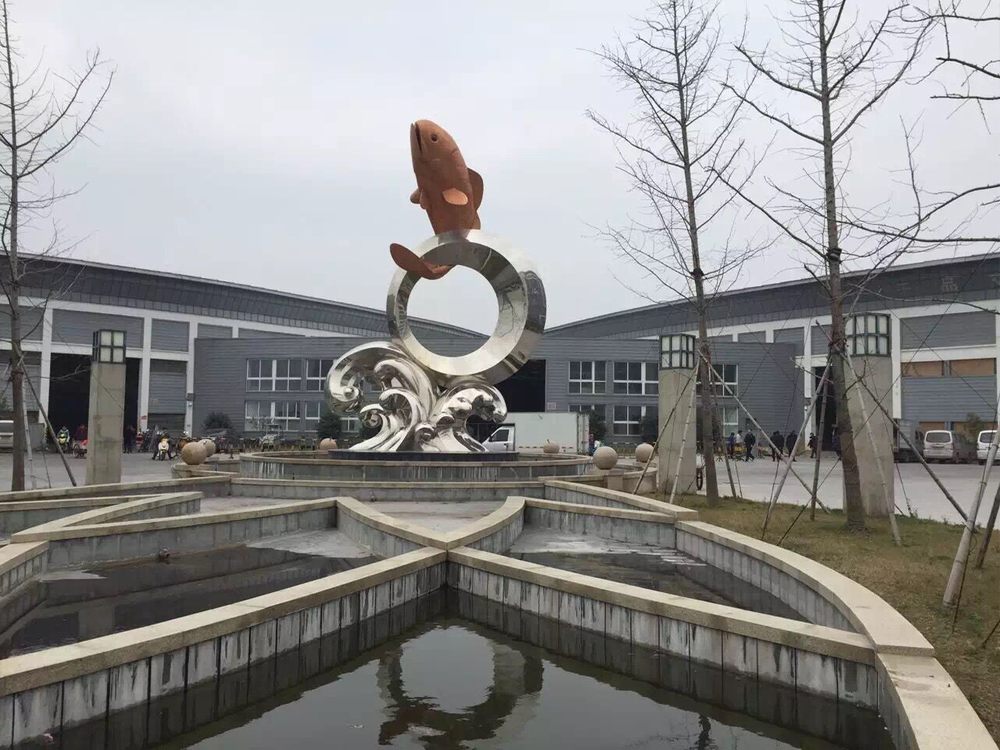
Wood carving is an art form that relies heavily on the interplay of light and shadow to bring designs to life. One of the most effective techniques carvers use to achieve this is the undercut—a method where material is removed from beneath the edges of a design to create depth and contrast.
Undercuts work by allowing light to penetrate deeper into the carved areas while leaving adjacent surfaces in shadow. This contrast between light and dark enhances the three-dimensional quality of the piece, making details pop and adding a sense of realism. For example, in relief carvings, undercuts beneath raised elements cast shadows that emphasize the contours, creating a dramatic effect.
Mastering undercuts requires precision and an understanding of how light interacts with wood. Carvers often use specialized tools like gouges and chisels to carefully remove material at precise angles. The depth and angle of the undercut determine the intensity of the shadows, allowing artists to control the visual impact of their work.
Beyond aesthetics, undercuts also serve practical purposes. They can prevent cracking by relieving stress in the wood and improve durability by reducing sharp edges that might chip over time. Whether used in decorative panels, sculptures, or functional items, undercuts remain a cornerstone of advanced wood carving techniques, transforming flat surfaces into dynamic, lifelike art.

